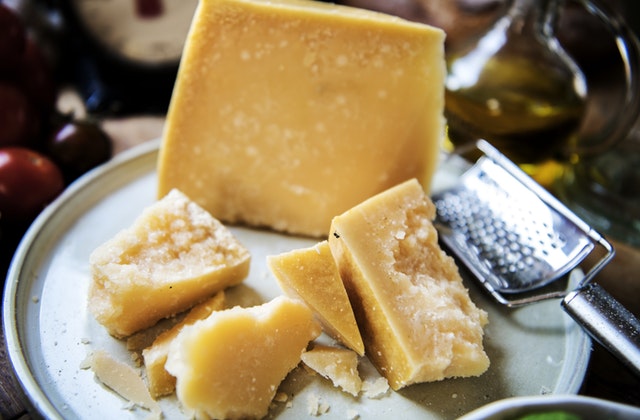Those who follow the milk market understand the special influence that both cheese and whey prices have in the computation of the final announced price for Class III milk. Strengthening prices for these two products will always lead toward higher milk prices.
Such was the case in spring of 2018 as whey prices began their move from winter values of 28 cents/lb to more than 40 cents/lb. The spot cheddar price was following a similar trajectory, rising from average block/barrel prices in the mid $1.30’s to an early May high of $1.68/lb. The response in Class III prices covering the second half of the calendar was as expected. By May 22nd, the average price for Class III milk had peaked at $16.84, with some markets peaking at or above $17/cwt.
It is now 2019, cheese prices have risen very similarly to last year’s spring rally while whey prices have fallen. What should we expect from these markets and how will prices influence the balance of the year?
Let’s start with whey. Spot whey prices were shelled in mid-January as news of the escalating spread of African Swine Fever was acknowledged by Chinese officials. Prices dropped throughout February before finding a low in mid-March at 30 cents/lb, just two cents from the bottom found in March 2018. Exports in the first two months of the year were down 29% from 2018 levels, led by China, our largest buyer, whose purchases of U.S. whey fell 56% when compared to the prior year.
With more than 433 million pigs, China’s herd is by far the world’s largest, followed by 150 million in the European Union and 73.5 million in the United States. To date, it is estimated that nearly 9% or 40 million head have left the Chinese herd. Moreover, other estimates project the sow herd alone to have fallen anywhere from 13-19%. If these numbers hold true, total pig numbers will continue to decline throughout the balance of the year. The concern is, of all the whey China purchases, 70% of it is fed to nursery pigs. This will likely create drag on whey prices for quite some time.
The good news for Class III markets comes in the form of cheese. Active trading at the CME has been born out of the reality that U.S. cheese (a standard of quality) is very well valued relative to world pricing. In fact, cheddar values in Oceania as of the most recent Global Dairy Trade auction stand at $1.96/lb US. With the average price for blocks and barrels as traded in the CME spot session hovering inside a range between $1.59/lb and $1.67 in the last six weeks, the U.S. is of considerable value to world buyers. As milk production declines on the heels of a smaller U.S. cow herd, domestic buyers will likely be forced to evaluate current inventories and their appetite for risk at higher price levels. This is good news for dairy producers.
While this certainly supports recent milk price movements, one must be fair about the opportunity. In the last 10 years, Class III prices have favored a range from $13 to $19/cwt with roughly ¾ of all price announcements falling inside this range. Only 15% of the time were prices found to be above this range. 15% of 10 years is 18 months. The year 2014 accounted for 11 of them. If we count 2014 as an anomaly, under normal market conditions only 7 months in 10 years were found to be above $19/cwt. All of this said, producers should be very fair in their assessment of what these opportunities could/should look like in the second half of the year. More importantly, they should have a plan ready to act wisely as those opportunities become present.
Original article sourced from https://www.milkbusiness.com
Recommended reading:



